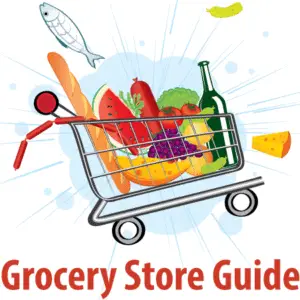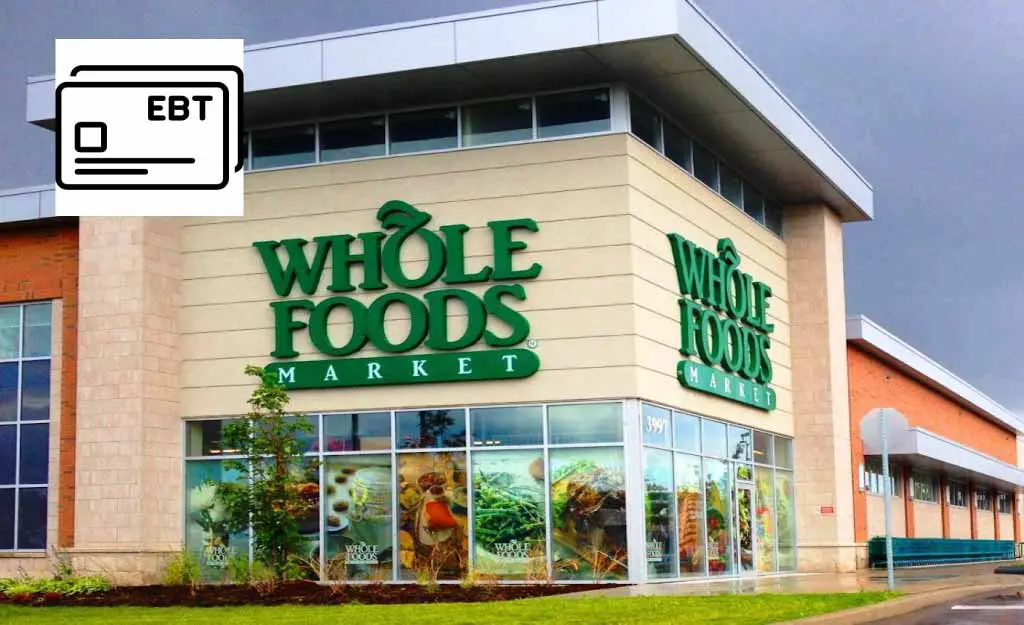Whole Foods is one of the world’s most prominent grocery chain outlets with top-rated healthy food options and multiple brands to choose from. However, with great quality comes great cost.
These food options may be a little costly for most people. In such cases, the question that often arises is if Whole Foods accept EBT.
The answer to this common question is simple. Yes, Whole Foods outlets do accept EBT. In addition to this, most of the outlets also accept WIC.
The items eligible for purchase under Supplemental Nutrition Assistance Program are the same for all stores regardless of where you buy them from.
While checking out, Whole Foods automatically separates non-eligible food items, which you then have to pay for through alternative payment methods.
What is Whole Foods?
Whole Foods Market, now the acquisition of Amazon.com, is a worldwide comprehensive natural food grocery chain known for its product offerings being free from preservatives, artificial ingredients, colors, and sweeteners.
This chain of retail outlets aims to offer organic and natural food at affordable rates. Whole Foods does frequent quality checks and bans food items that are not natural and healthy for your body.
Whole Foods cover over 500 locations with 91000 employees and staff in the United States, fulfilling the dietary demand of millions of Americans.
Does Whole Foods Market Accept WIC for Payments?
WIC is the same as EBT. The only difference is that WIC aims to offer cost benefits to pregnant women, infants, and children. Every Whole Foods outlet accepts EBT cards for payment, but many outlets do not accept WIC.
You should contact your nearby Whole Foods store to check if they accept WIC. If they don’t, you can still use EBT to make purchases.
Process for Using EBT at Whole Foods
You can use your EBT at Whole Foods grocery stores quickly with no hassle. Unlike many other authorized retailers, you don’t have to separate eligible food items from non-eligible ones at the Whole Foods outlet, as the machine will automatically separate them for you.
After you swipe your EBT card, you can choose to pay for the eligible products with your SNAP benefits and for the non-eligible products with your cash account.
Hence, you’ll have to make two transactions, one with EBT benefits and another with your cash account. The receipt will not inform you about your remaining balance, but you can check it from EBT customer care or a nearby ATM.
Here are some easy steps to follow to use EBT at Whole Foods:
- After buying the required groceries, swipe your EBT card at the checkout counter and enter the pin.
- You will then have to select between your SNAP account and your cash account in the machine.
- Your order will be approved after being processed.
- You may have to show ID proof to prove that you are the owner of the card.
Ensure you have enough balance in your EBT account before loading groceries by checking through EBT customer service or an ATM. In cases of insufficient balance, the order will be placed, with the remaining balance being used to pay for the portion of the items.
Can You Purchase Food Online from Whole Foods with Your EBT Card?
Unfortunately, you cannot use your SNAP benefits to purchase food online from Whole Foods. These online purchases go through Amazon, which does not have EBT as a payment option for Whole Food products.
Other than EBT cards, the worldwide retail food store accepts all major credit cards, gift cards, and other popular payment methods for online purchases.
However, there are 365 Whole Foods brands on Amazon groceries that you can purchase online using EBT. But if you try to order the same product from Whole Foods Market on the Amazon tab, the EBT payment option won’t be available.
Such bugs will get fixed over time, and you may be able to buy Whole Foods items online through EBT cards shortly.
Can I Use My Food Stamps Card for Tipping?
You may not know about this, but you can tip the delivery driver using food stamps cards, also known as TANF. You can use a tip calculator to determine the ideal tip you should pay.
If you are allowed with TANF cash benefit in your SNAP, you can also use it to withdraw funds from your EBT card. With that cash, you can purchase items that are non-eligible under SNAP, such as clothes, processed food, accessories, etc.
SNAP-eligible Food Items You Can Buy at Whole Foods with Your EBT Card
Items eligible to purchase with EBT Card consist of all grocery food items that hold nutritious value. The brand of the food item does not make a difference. You cannot purchase anything other than grocery items from Whole Foods outlets using EBT.
Here is a list of some food items that are frequently bought from Whole Foods using EBT.
- Bread and cereals
- Poultry such as chicken meat
- Dairy product – milk, cheese, curd, yogurt
- Canned frozen foods
- Canned frozen vegetables
- Red meat and pork
- Cooking oils such as coconut oil, olive oil, and avocado oil
- Peanut Butter
- Nuts and beans
- Eggs and Tofu
- Infant cereal, formulas, fruits, and vegetables
- Whole grains
Food Items You Cannot Buy at Whole Foods with Snap Benefits
Although there is a wide range of products you can purchase from these Amazon-owned outlets with EBT cards, there are few restrictions on alcohol and tobacco products.
Other than that, here are some items you cannot buy from Whole Foods with EBT cards:
- Supplements
- Processed food
- Pet food
- Vitamins
- Cosmetics
- Nonfood- baby items like diapers and wet wipes
- Household products
Final Word
Whole Foods is an excellent choice to purchase organic and natural foods with EBT.
Not only do they offer fresh produce and healthy food options, but they also help society by dealing with local farms for sourcing their food.
The best part is that you won’t have to go through the hassle of separating eligible items from non-eligible ones if you buy from your local Whole Foods Market.
If you’d like to use WIC, contact the nearby outlet to confirm if they accept it as a payment method.

